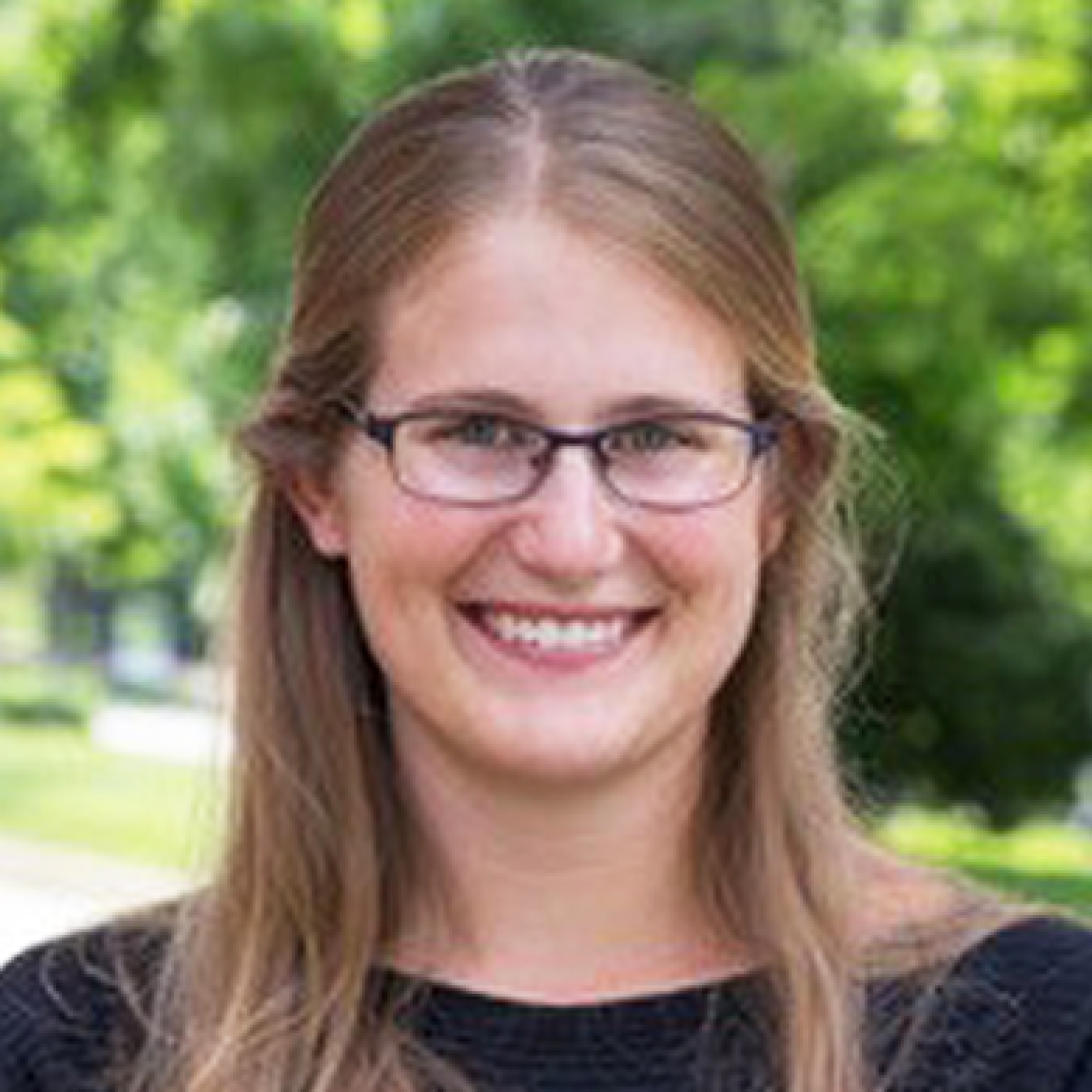Julie Korak
- Assistant Professor
- Professional Engineer (CO)
- ENVIRONMENTAL ENGINEERING

Education:
- BS in Chemical Engineering and B.S. Environmental Engineering, University of Colorado Boulder (2009)
- MS in Civil Engineering, University of Colorado Boulder (2013)
- PhD in Civil and Environmental Engineering, University of Colorado Boulder (2014)
Honors and Distinctions:
- Teaching Award, Department of Civil, Environmental, and Architectural Engineering, University of Colorado Boulder, 2023
- Faculty Appreciation Award for Environmental Engineering (selected by students), (2020 and 2022)
- Top Reviewer for AWWA Water Science, 2019
- Inaugural Early Career Editorial Advisory Board, Environmental Science and Technology, 2020-present
- Membrane Technology Best Paper Award for a publication in the Journal of the American Water Works Association for Nanofiltration to improve process efficiency of hexavalent chromium treatment using ion exchange. 2019
Interest:
- Water treatment engineering
- Inorganic contaminant removal
- Internal corrosion control
- Online monitoring of natural and engineered processes
Recent Publications:
- Korak, J.A. and McKay, G.M. Use of Fluorescence and Absorbance as Surrogates for the Aromaticity and Molecular Weight of Dissolved Organic Matter. Environmental Science: Processes and Impacts. Advance Article. https://doi.org/10.1039/D4EM00183D
- Korak, J.A. and McKay, G.M. Metanalysis of Optical Properties for the Characterization of Dissolved Organic Matter. Environmental Science & Technology, 2024, 58 (17) 7380-7392. https://doi.org/10.1021/acs.est.3c10627
- Magliozzi, L.; Matiasek, S.; Charles Alpers, C.; Korak, J.A.; McKnight, D., Foster, A.; Ryan, J.; Roth, D.; Tsui, M.T.; Chow, A.T.; Webster, J.P. Wildland-Urban Interface Wildfire Increases Metal Contributions to Stormwater Runoff in Paradise, CA. Environmental Science: Processes and Impacts, 2024, 26, 667-685. https://doi.org/10.1039/D3EM00298E
- Warren, M.; Crespo-Medina, M.; Ramirez-Toro, Rodriguez, R.; Hernandez, M.; Rosario-Ortiz, F.L.; Korak, J.A. Water quality in Puerto Rico after Hurricane Maria: Challenges associated with lead assessment and potential regulatory implications. ACS ES&T Water, 2023, 3 (2), 354-365. https://doi.org/ 10.1021/acsestwater.2c00425
- Korak, J.A.; Mungan, A.L.; Watts, L.T. Critical Review of Waste Brine Management Strategies for Drinking Water Treatment Using Strong Base Ion Exchange. Journal of Hazardous Materials 2023, 441, 129473. https://doi.org/10.1016/j.jhazmat.2022.129473
- Flint, L.C; Arias-Paić M.S.; Korak, J.A. Removal of hexavalent chromium by anion exchange: non-target anion behavior and practical implications. Environ. Sci.: Water Res. Technol 2021, 7, 2397–2413. https://doi.org/10.1039/d1ew00382h
- Arias-Paic, M.S.; and Korak, J.A.; Forward osmosis for ion exchange waste brine management. Environmental Science and Technology Letters, 2020, 7 (2), 111-117. https://doi.org/10.1021/acs.estlett.9b00733


